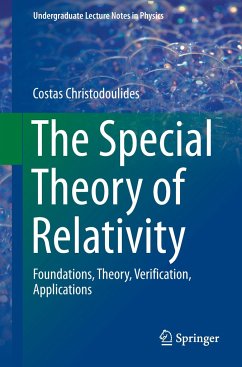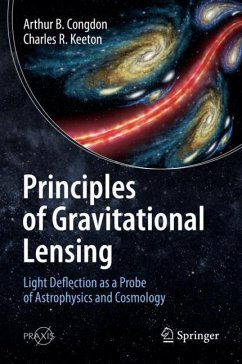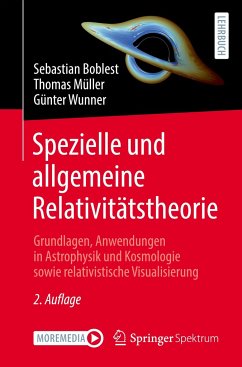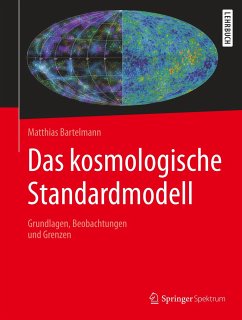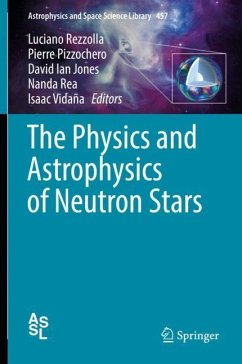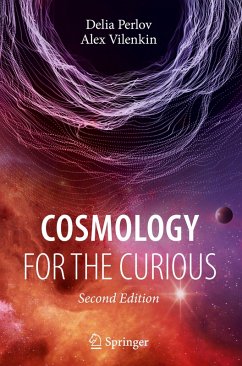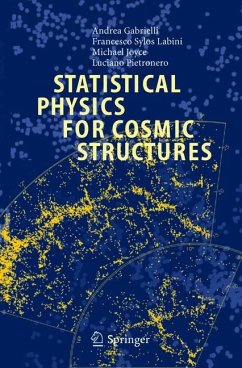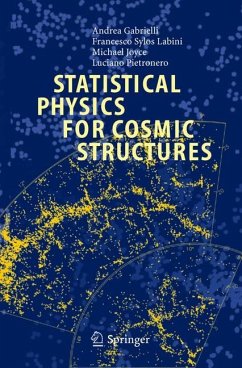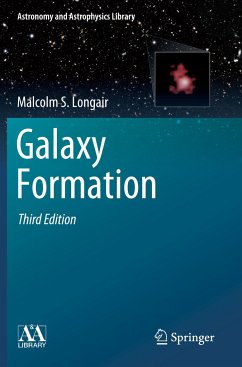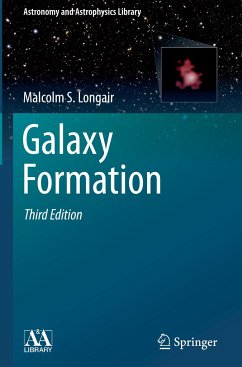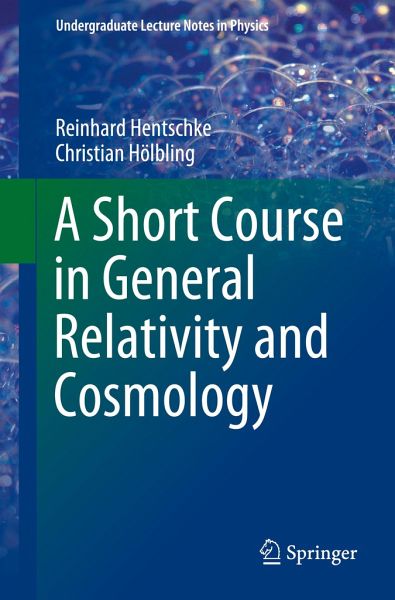
A Short Course in General Relativity and Cosmology

PAYBACK Punkte
23 °P sammeln!
Unlike most traditional introductory textbooks on relativity and cosmology that answer questions like "Does accelerated expansion pull our bodies apart?", "Does the presence of dark matter affect the classical tests of general relativity?" in a qualitative manner, the present text is intended as a foundation, enabling students to read and understand the textbooks and many of the scientific papers on the subject. And, above all, the readers are taught and encouraged to do their own calculations, check the numbers and answer the above and other questions regarding the most exciting discoveries a...
Unlike most traditional introductory textbooks on relativity and cosmology that answer questions like "Does accelerated expansion pull our bodies apart?", "Does the presence of dark matter affect the classical tests of general relativity?" in a qualitative manner, the present text is intended as a foundation, enabling students to read and understand the textbooks and many of the scientific papers on the subject. And, above all, the readers are taught and encouraged to do their own calculations, check the numbers and answer the above and other questions regarding the most exciting discoveries and theoretical developments in general relativistic cosmology, which have occurred since the early 1980s. In comparison to these intellectual benefits the text is short. In fact, its brevity without neglect of scope or mathematical accessibility of key points is rather unique. The authors connect the necessary mathematical concepts and their reward, i.e. the understanding of an importantpieceof modern physics, along the shortest path.
The unavoidable mathematical concepts and tools are presented in as straightforward manner as possible. Even though the mathematics is not very difficult, it certainly is beneficial to know some statistical thermodynamics as well as some quantum mechanics. Thus the text is suitable for the upper undergraduate curriculum.
The unavoidable mathematical concepts and tools are presented in as straightforward manner as possible. Even though the mathematics is not very difficult, it certainly is beneficial to know some statistical thermodynamics as well as some quantum mechanics. Thus the text is suitable for the upper undergraduate curriculum.





